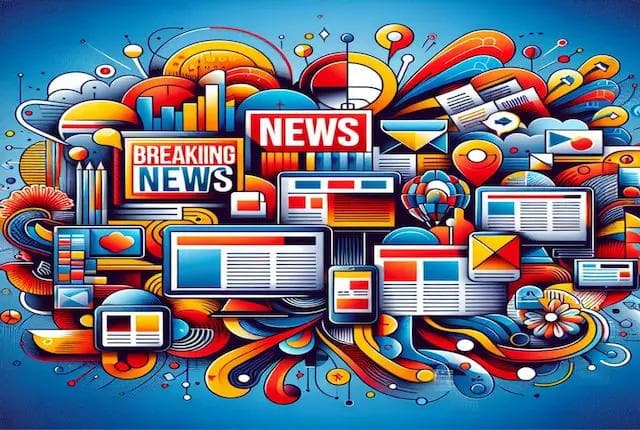Finance
What are the 4 main types of economic systems?
What are the 4 main types of economic systems?
Published by Uma Rajagopal
Posted on September 26, 2023

Published by Uma Rajagopal
Posted on September 26, 2023

Explore more articles in the Finance category











